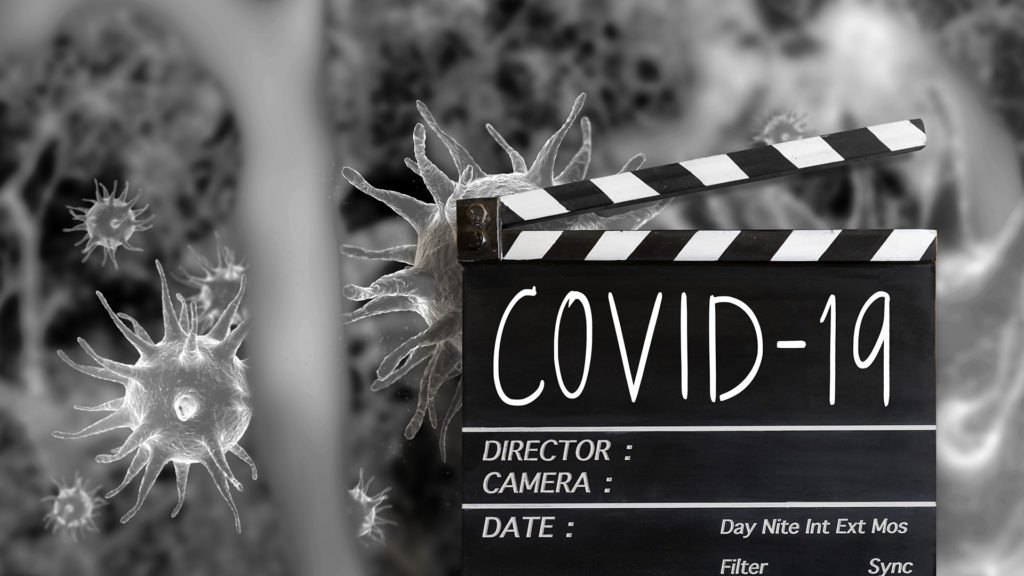
Media scholarship, cultural commentary and movie reviews regularly reflect on production contexts and their impact on possible readings of the films and shows we watch. Both 9/11 and the Covid-19 epidemic have been described by as ‘America under attack.’ President Trump has stated that the epidemic is a ‘worse attack’ on the US than both Pearl Harbor and 9/11; extending a political rhetoric that has linked 1941 and 2001.[1]
In the wake of 9/11 numerous books and articles have considered its impact on tropes, gender representations, heroic (and superheroic) constructions and visual representations of, not only terrorism, but also violence more generally. 9/11 also impacted representations of ethnicity in a binary of ‘good’ versus ‘evil’. Saving Jessica Lynch, for example, a US 2003 made-for-TV movie, dramatised the ‘rescue’ of Private First-Class Lynch (white, female) from an Iraqi hospital, characterised the Iraqis as sadistic savages, and of course, Islamic zealots.
Reflecting both 9/11 and Covid-19, Dahlia Schweitzer explores a striking connection between terrorism and contagion when she writes about the spate of TV shows in the post-9/11 period, that combined the terrorist threat with deliberate viral infection. In such examples, either a virus-laden ‘bomb’ is hidden in a public place or an infected person deliberately spreads the virus within the USA; often again with racial undertones.
In 24 (Fox, Season 3, 2003-4),[2] the viral threat hails from Mexican drug barons. In, Steven Soderbergh’s Contagion (2011), the virus is traced to food preparation in China. In both, the origin of the threat is placed the ‘exotic’ Global South and East – while the location under ‘threat’ is the affluent Global North. Such representations follow a narrative pattern that ‘buries the workings of colonialism.’[3]
2020 may have a similar, if not even a more pronounced impact on popular culture that goes beyond the films and TV shows that are broadly labelled ‘Hollywood.’ Yet it is likely that the stories will be told, as with 9/11, in a way that reflects dominant attitudes towards the ‘others’ responsible for the threat.
Where there is attack there is an aggressor, setting the scene for an ideal melodramatic conflict of good and evil. Based on the narratives emerging from the post-9/11 era, and given President Trump’s well-publicised Tweets referring to the ‘Chinese virus,’ we may be set to see more films and TV shows placing the blame for global threat on China specifically or fictional places conspicuously designed to mimic that nation. Such representation will serve to re-enforce conceptualisations of good and evil, rather than challenge them.
Dr Jenny Barrett is Reader in Film Studies and Popular Culture, and Deputy Director: International Centre for Racism at Edge Hill University.
[1] For example, Ebony Bowden, ‘Trump says coronavirus pandemic ‘worse than Pearl Harbor…World Trade Center’, New York Post, 6th May 2020
[2] Dahlia Schweitzer “Terrorist as Contagious Other.” In Media Res.29th November 2016.
[3] Mark Bould, ‘The Virus Has Seized the Means of Production,’ Boston Review, 8th May 2020.
